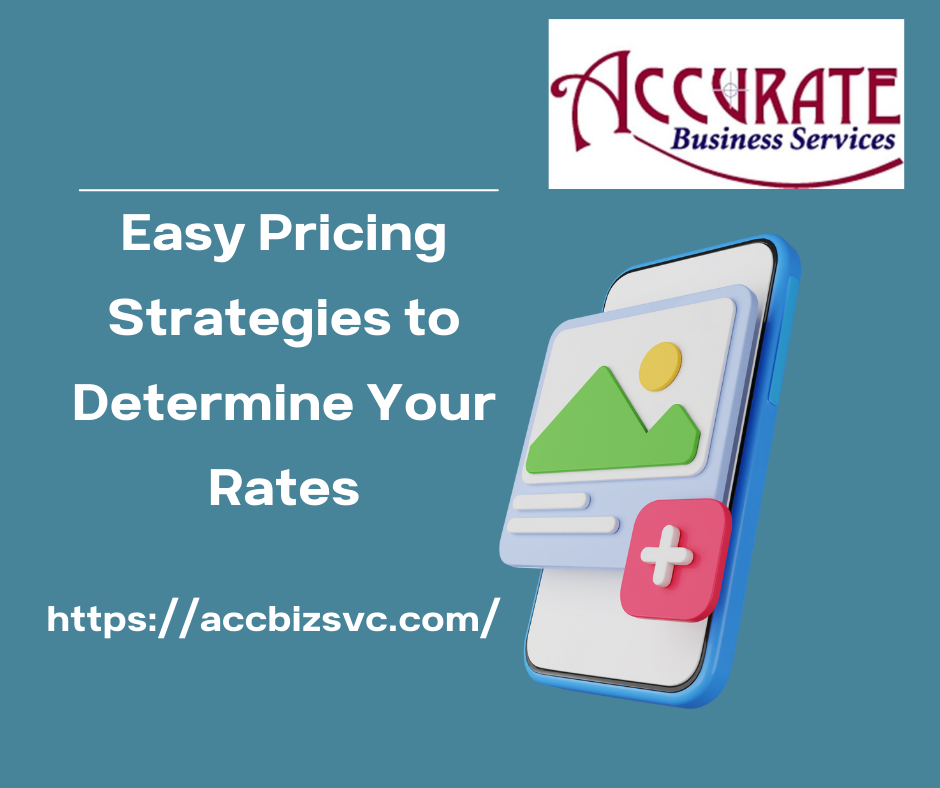It might just be the most stressful decision you ever have to make: what to charge?

You’ve got the competition to consider, your own skill set, what you perceive to be your skills (yes, this is different from the former for most of us), what your market will pay, your location, and a host of other variables. Working it out can feel like a hurdle you can’t quite get past.
But what about all those other questions? Creating a solid pricing structure requires you to do a little more digging. So, with your starting number in line, take a look at:
Your Competition. This might take a little detective work, since a lot of freelancers and service providers don’t publish rates. But if you pay attention to their websites and social media, ask a few discreet questions, and get on their mailing list, you can figure it out.
Be realistic about who, exactly, your competition is, though. Don’t undervalue or over-sell yourself. In other words, make sure you’re comparing yourself to another provider who shares the same skills, market, and track record, rather than simply looking at who you strive to become.
Your Skills. In some fields, this is easy. There are certifications and educational programs that allow you—by virtue of having achieved them—to charge a certain rate. If you’ve followed this path, then pricing will be easy for you. If not, take a solid look at what you can legitimately claim as a skill.
Look, too, at your track record. Have you proven yourself by helping former clients (and do you have the testimonials and case studies to show for it)? Have your former clients moved on to bigger and better providers after working with you? (That’s a good thing!) These are all reasons to maybe consider a higher price range than you might have first thought.
Your Market. In the game of setting rates, it’s your market that has the final say. As any first-year economy student can tell you, the price of anything lies where what the buyer is willing to pay meets what the seller is willing to accept.
If your goal is to give newbies a helping hand and lead them down the path to success, that unfortunately means you can look forward to low paying gigs. That’s not a bad thing—everyone has to begin somewhere—but it does need to be acknowledged. If, on the other hand, you’re target market is more established and economically stable, then a higher fee isn’t just warranted—it’s a must. They will expect a higher price and will not find value in the lowest-cost provider of anything, whether it’s coffee beans or business services.
Finally, don’t forget that pricing is never set in stone. It’s flexible. If you find you’re attracting the wrong market (or no market at all) you can always change your rates.
Working too hard for not enough return? Raise your rates.
It’s your business. You get to call the shots.
Jeannine Grich, CVA, MVA, EthicsChecked™, provides marketing and social media support, training and consulting to busy entrepreneurs. For information about finding a VA, download her FREE 10-Step Guide to Finding the Right VA, or to learn why Social Media should be an important part of your marketing plan check out her FREE Report, Social Media Marketing Benefits, visit: https://accbizsvc.com/, or contact her at Jeannine@accbizsvc.com
Ready to find out how to take your business to the next level? Schedule a 30-minute complimentary session to discuss your marketing and website/social media presence, here!